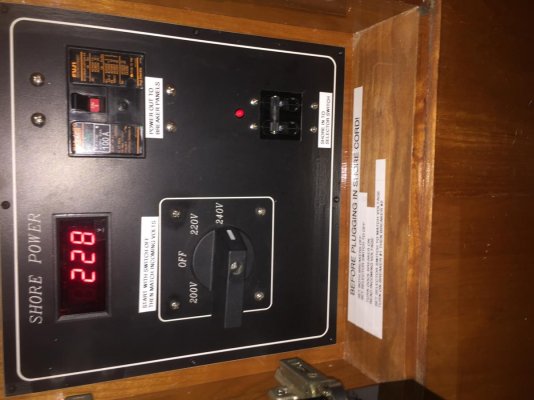angus99
Guru
Does anybody use one of these? They supposedly have all the benefits of an isolation transformer while boosting low shore power voltage from, say, being on the end of a long dock with a lot of other boats competing for power.
My questions: how often do cruisers in the real world see low voltage and how big a problem is it?
My questions: how often do cruisers in the real world see low voltage and how big a problem is it?

 Damn iPhone!
Damn iPhone! 
 ). For me, additional galvanic and stray current protection are also basic. From what I'm hearing, I'm leaning toward the plain isolation transformer for now.
). For me, additional galvanic and stray current protection are also basic. From what I'm hearing, I'm leaning toward the plain isolation transformer for now.